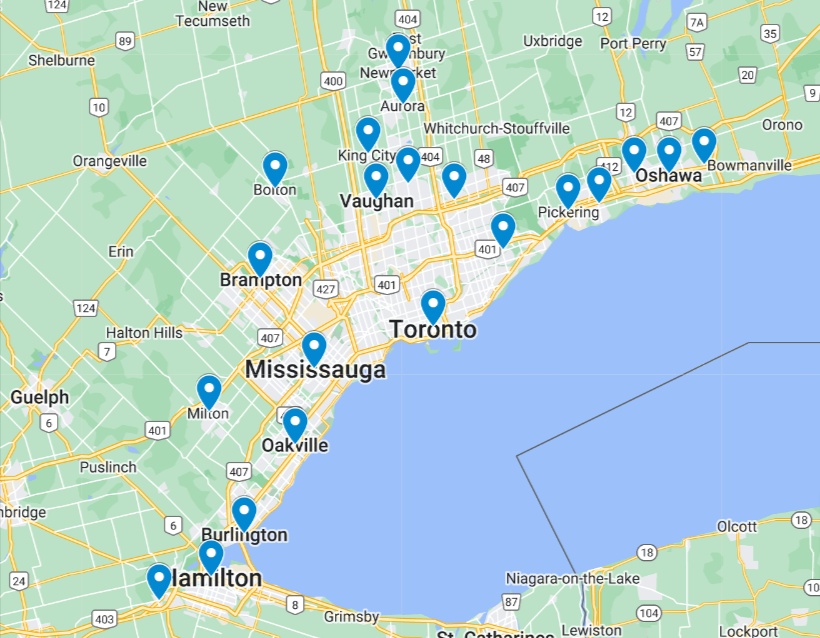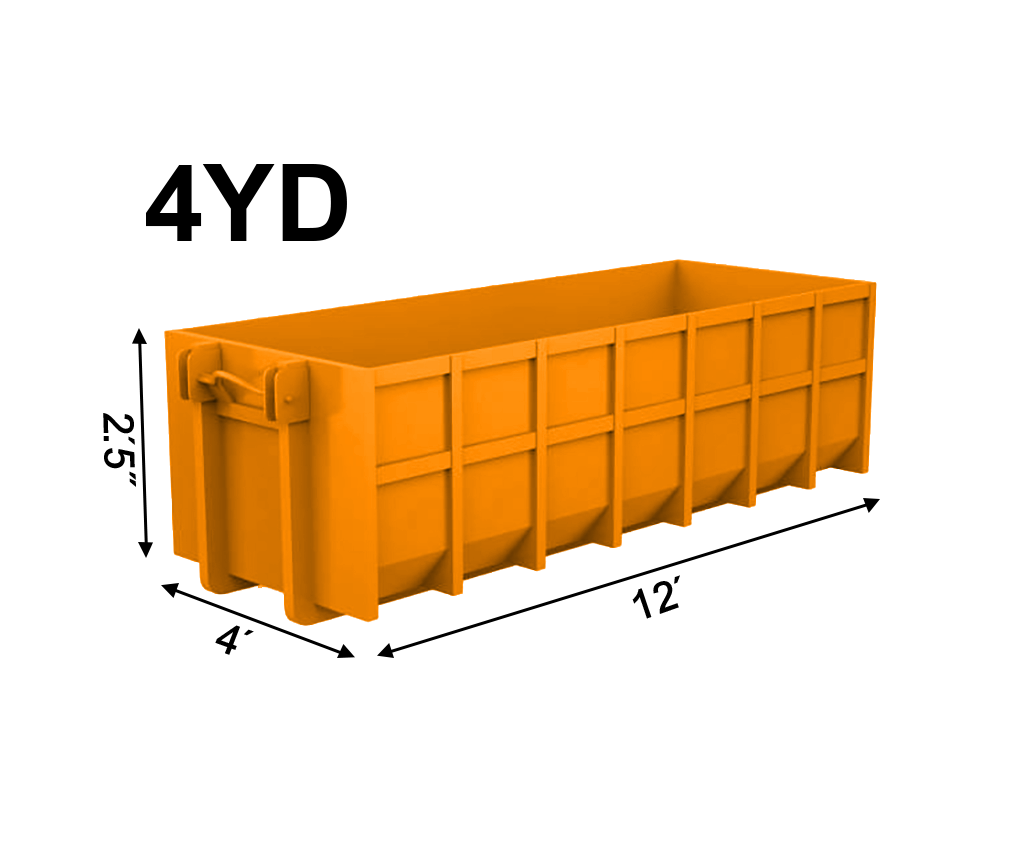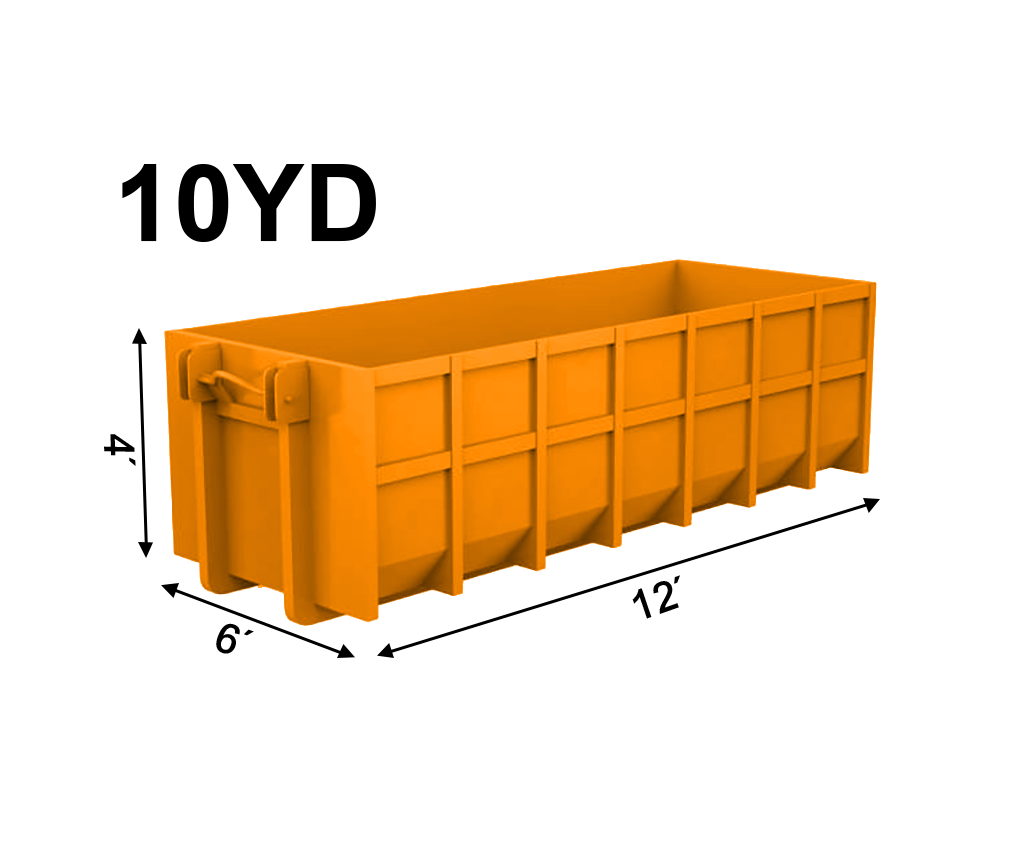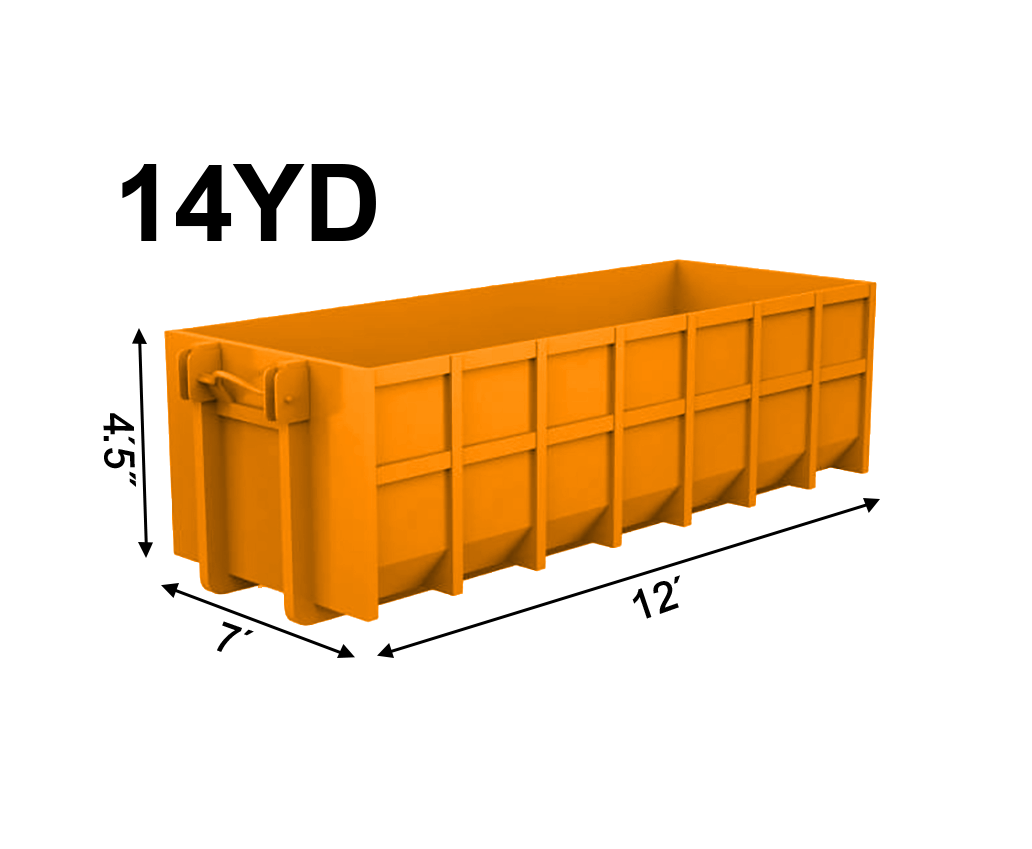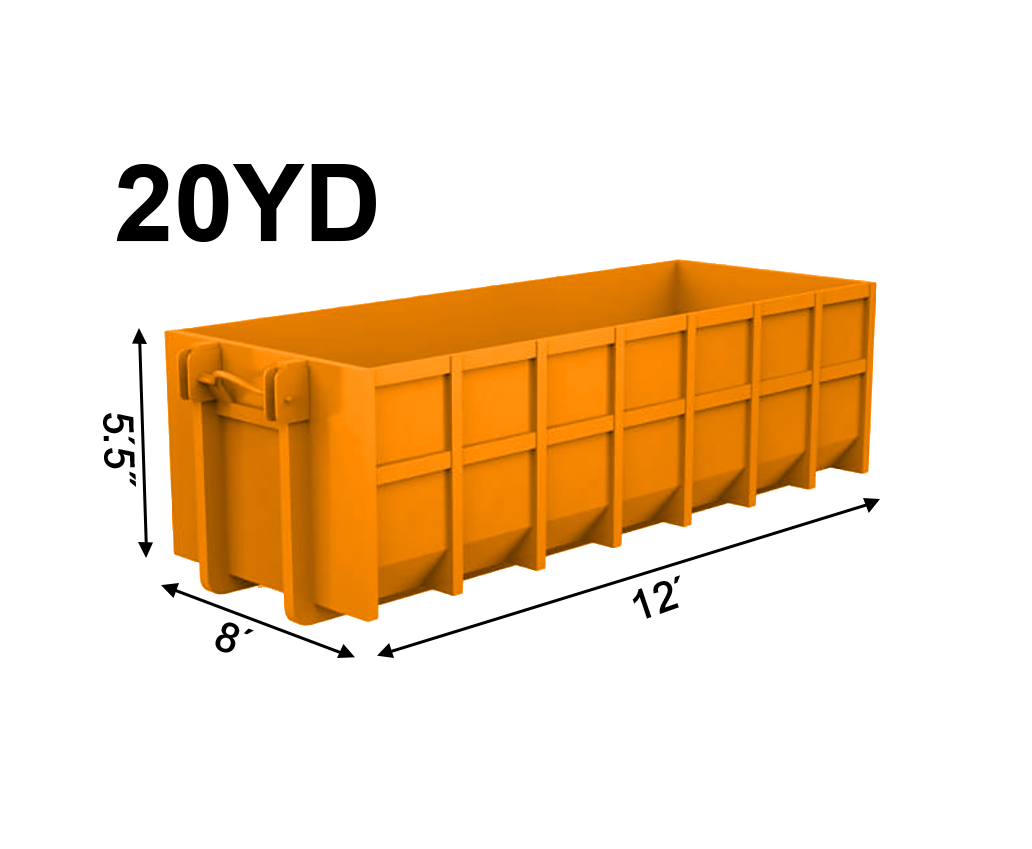🗑️ Best Bin Rental Service in Toronto and the GTA! 🗑️

Affordable
Mini Bin Rental Scarborough
Service
Reliable Mini Bin Rental Scarborough. Fast Service

Mini Bin Rental Scarborough?
Get an Instant Quote
- Tell us what you need
- Quotes as quicly as 2 hours
- Fairly Accurate pricing to avoid surprises
Reserve Your Mini Bin Rental Scarborough Online Today
For Aggregate Material Disposal (Soil, Concrete, Brick, Asphalt) –Click here

Mini Bin Rental Scarborough. Simplified.
Mini Bin Rental Scarborough provide a compact and efficient waste management solution for projects with limited space or smaller quantities of debris. These conveniently sized bins are versatile, making them ideal for residential renovations, landscaping endeavors, or decluttering efforts. Mini bins offer a practical alternative to larger containers, ensuring that you only pay for the space you need. Their compact footprint makes them suitable for placement in driveways, alleys, or tight construction sites where space may be at a premium. Despite their smaller size, mini bins maintain the same level of convenience, allowing for the organized collection and disposal of construction waste, household items, or yard debris. Whether you’re a homeowner tackling a DIY project or a contractor working on a small-scale job, mini bin rental scarborough offer a flexible and cost-effective solution for efficient waste removal..
Why Choose Dump-Squad?
Compact and Convenient: Dump-Squad’s mini bin rental scarborough offer a compact and efficient waste management solution, making them ideal for projects with limited space or smaller quantities of debris.
Versatility: Despite their smaller size, mini bins are versatile and suitable for a range of projects, including residential renovations, landscaping endeavors, or decluttering efforts.
Cost-Effective: Mini bins provide a practical alternative to larger containers, allowing customers to pay only for the space they need, optimizing cost-effectiveness.
Flexible Placement: With their compact footprint, mini bins are suitable for placement in driveways, alleys, or tight construction sites where space may be limited.
Organized Collection: Mini bins maintain the same level of convenience as larger containers, enabling the organized collection and disposal of construction waste, household items, or yard debris.
Flexibility for Various Projects: Whether you’re a homeowner tackling a DIY project or a contractor working on a small-scale job, mini bin rental scarborough offer a flexible and cost-effective solution for efficient waste removal.
Main Highlight: Dump-Squad’s mini bin rental scarborough stand out for their compact design, versatility, and cost-effectiveness, providing a convenient solution for waste management in projects with limited space or smaller debris quantities.
What size Mini Bin Rental Scarborough do I need?
Selecting the appropriate size for a mini bin rental scarborough depends on the scale and type of your project, as well as the volume and type of waste you anticipate generating. Here’s a quick guide to help you choose the right size:
4-Yard Mini Bin: Perfect for small-scale projects or minimal waste generation, such as decluttering or small home improvement tasks.
10-Yard Mini Bin: Suitable for small-scale projects like garage cleanouts, minor renovations, or yard waste removal, offering a compact yet efficient solution.
20-Yard Mini Bin: Ideal for medium-sized projects, such as kitchen or bathroom renovations, small construction jobs, or larger cleanouts, providing versatility in a smaller footprint.
Always consider the type and volume of debris to ensure you choose a mini bin size that can handle your specific needs. Consulting with a waste management professional can provide valuable guidance in selecting the ideal mini bin size for your project.
What Can Go in a Mini Bin Rental Scarborough?
Household Waste/Construction/Recyling Waste
Refers to household waste that is free of hazardous materials, chemicals, or prohibited items. Clean household waste only, meaning the disposal does not include construction debris, electronic waste, or any materials deemed unsafe for landfill disposal. We prioritize responsible waste management, and adhering to these guidelines ensures a safe and eco-friendly disposal process for all household waste materials.

What Can’t Go in an Mini Bin Rental Scarborough?
Brick and Soil
Refers to concrete and bricks originating from pavement or building demolitions. Alternatively, you have the option to order specialized clean-fill Concrete Bins and Brick Bins, or opt for mixed-fill disposal bins tailored to meet the specific needs of your project.
Mixed Heavy Debris
Refers to any combination of both clean asphalt and other heavy materials such as concrete, block, or brick. See mixed-bin contents available on the Disposal Bin Rentals page.
Asphalt and Heavy Concrete
Refers to asphalt and heavy concrete sourced from pavement or building demolitions. Alternatively, you can choose to order dedicated clean-fill Asphalt and Heavy Concrete Bins, or opt for mixed-fill disposal bins designed to accommodate the specific requirements of your project.
Other Prohibited Items
Hazardous and/or flammable materials are never to be put in an asphalt bin rental. It is important to ensure that such prohibited items never find their way into the bin.
Service Area - Scarborough, Ontario
Scarborough, a diverse and expansive district in eastern Toronto, Ontario, boasts a unique blend of natural beauty, cultural richness, and urban development. Framed by the Scarborough Bluffs and a lengthy waterfront, the area offers picturesque landscapes, waterfront parks, and scenic trails, such as the Scarborough Bluffs Park and the Toronto Zoo. Scarborough Town Centre serves as a prominent shopping and business hub, while cultural attractions like the Scarborough Civic Centre and the Scarborough Arts Centre contribute to the community’s vibrancy. Home to a multicultural population, Scarborough offers a wide array of dining options reflecting its diverse heritage. The district’s accessible transit options, including subway lines and bus routes, facilitate easy connectivity to other parts of the city, making Scarborough a dynamic and livable area within the Greater Toronto Area.
Our Mini Bin Rental Service Areas
Aurora, Brampton, Bolton, Etobicoke, Caledon, King City, Kleinburg, Maple, Markham, Mississauga, Newmarket, Nobleton, North York, East York, Scarborough, Richmondhill, Thornhill, Vaughan, Woodbridge, Toronto, Oakville, Burlington, Pickering, Georgetown, Milton, Schomberg, East Gwillimbury, Tottenham, Orangeville, Ajax, Courtice, Bradford, Hamilton, Ancaster, Bowmanville, Oshawa, Whitby


